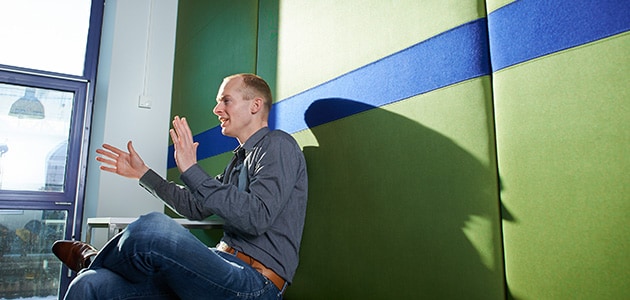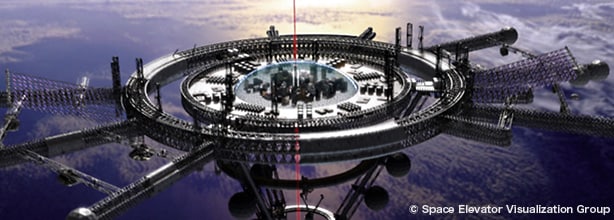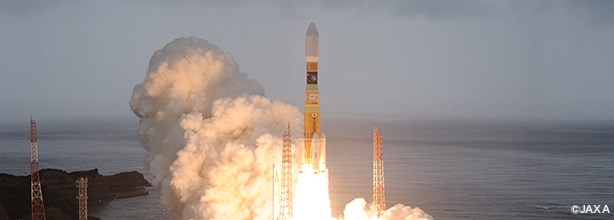
- Semiconductor Technology Now
Scientist Interview
The mission on Mars
Telescope Magazine: What kind of work will the team do on Mars?
Bas Lansdorp: When the first group lands, there will be a habitable outpost ready for them, but they will have to do a lot of construction work to make it more comfortable to live in. The cargo for the second crew will arrive, too, so the first crew must also prepare the outpost for the second team. So construction is really a major component of their initial work. Cultivating plants is also important. Since they are a group of four, growing their own food will take a lot of work. Water for drinking and other purposes will come from the soil of Mars. From the water you can make oxygen. There is also nitrogen in the Martian atmosphere, so we can grow plants on Mars. And they will explore the planet, too, of course. Initially they can spend only a very small portion of their time for this, but we want them to start exploring as soon as possible. It’s our curiosity that drives us to go to Mars, so this will be their most important task.
Telescope Magazine: What kind of psychological conditions do you expect the Mars team will face?
Bas Lansdorp: It’s an extremely challenging assignment for anyone, so our selection process is designed to look for people who have the right qualities for that sort of environment. After the selection has been made, we will train and test them for it. During their eight-year training, they will be locked up in an exact copy of the Mars outpost for three months per year. In real life, not everything will go as planned, so we will create situations where things go completely wrong, such as broken life-support systems, leakage of the capsule, loss of the water supply and so forth, to test if the group remains focused and works as a team.
 |
Telescope Magazine: In the early 1990s, an experiment to demonstrate the viability of a closed ecological system was conducted at a facility in Arizona known as Biosphere 2. The first crew of researchers came out as planned after spending two years and 20 minutes on the inside, but the second-generation crew did not finish the experiment because of internal squabbling. Unexpected things do happen in such an environment.
Bas Lansdorp: The first Biosphere 2 team experienced a faster than expected decline in the oxygen level. What nobody knew at the time was that part of the oxygen was absorbed by newly laid concrete. They also faced many other problems, but their accomplishment was just amazing. Because of them, everybody now knows what the biosphere is. They had their interpersonal challenges too, but this is part of any group. I also have interpersonal discussions and challenges with my colleagues. That’s just part of life. If there are no arguments in a group, then I think something is wrong, because you need arguments to set things right.
Telescope Magazine: Will the Mars team be communicating with people on the Earth?
Bas Lansdorp: Communication is always possible, but telephone conversation is not. When the Earth and Mars are close together the radio signal takes about three minutes to travel, and when they’re on opposite sides of the sun it takes 21 minutes. So telephone conversation will not be feasible, but we can exchange video messages.
Telescope Magazine: If it ever becomes possible for the team to come back to the Earth, how far in the future would it be?
Bas Lansdorp: Maybe ten or 20 years after the first team gets to Mars. But let’s imagine it’s ten years. Then our people on Mars will have adapted to the lower gravity and their muscle and bone mass will have atrophied to about 60% of what they should be on the Earth. Then there’s six months of weightlessness as they come back to the Earth, which will further reduce their strength. So I think it’s virtually impossible for the first team to live on the Earth even if they managed to return.



















